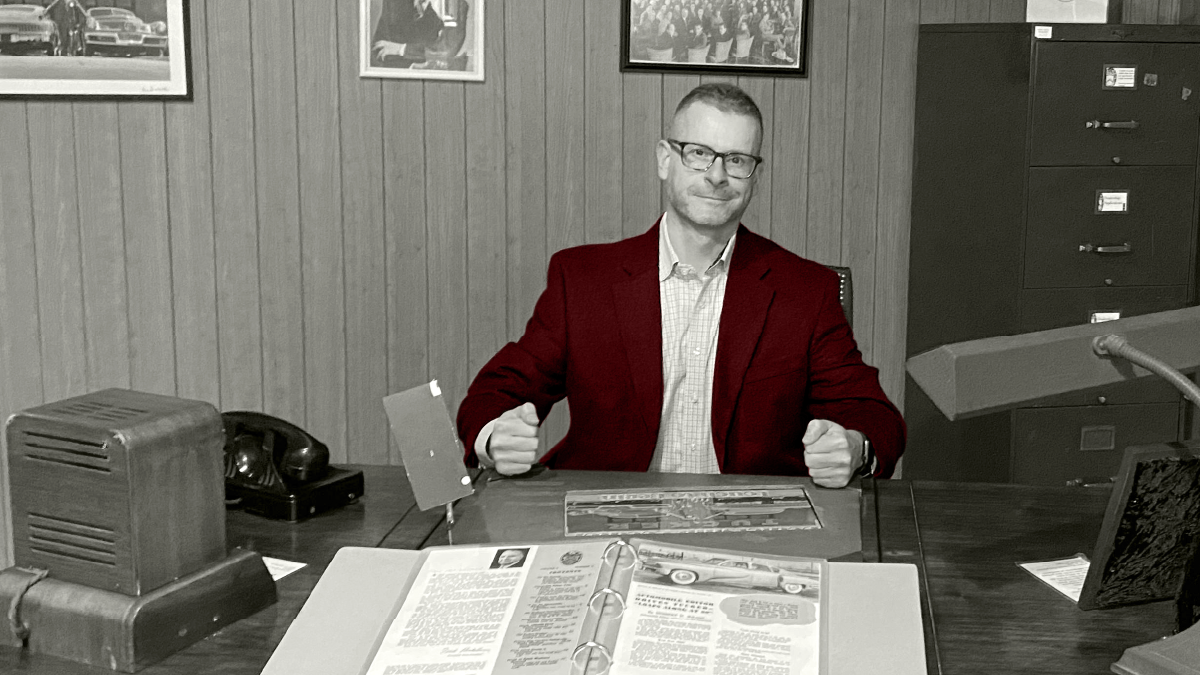Is Google Xerox?

On July 1, 1970, the now-legendary Xerox Palo Alto Research Center (Xerox PARC) opened its doors. Xerox PARC was the brainchild of Jacob (“Jack”) E. Goldman, the then-Chief Scientist at Xerox Corporation. The Center is responsible for creating a tremendous amount of the foundational technology in use today. Yet all of its accomplishments have been overshadowed in Silicon Valley by the infamous 1979 facility tour when Steve Jobs and others from Apple laid eyes on PARC’s GUI (graphical user interface) and incorporated its features into System 1, the first version of the Apple Macintosh operating system.
A great deal of digital ink about this story has been spilled over the ensuing decades. And while the actual tale isn’t quite as straightforward as many might have you believe, the result is the same; Apple took a bit more than inspiration alone from a well-designed idea and made history.
Excuse me for one moment while I check the black brick in my pocket made by — you guessed it — APPLE!
Now, where was I? Oh, right…
History Repeated
Over the past few weeks, I’ve been nerding out and catching up on the history of generative artificial intelligence (AI). Specifically, I’ve been researching how Open AI’s product ChatGPT came to be the darling technology of the moment. It’s a fascinating story, and when I read about Google’s 2017 paper titled Attention is All You Need, everything clicked into place.
In its paper, Google proposed a new network architecture for neural networks — the Transformer. This might sound a bit geeky, but guess what the “T” in ChatGPT stands for?
That’s right, the “T” stands for Transformer…and there’s more here than meets the eye.
(Fellow Gen Xers and latchkey kids of the 80s, see what I did there?)
Suddenly the past has, once again, become prologue. Open AI’s use of Google’s groundbreaking Transformer research is a key component that has enabled ChatGPT’s success. It is nearly the EXACT SAME scenario that played out with Xerox PARC’s failure to commercialize its research and Apple’s quick-witted play to zig while Xerox lagged. Only this time, Microsoft recognized an opportunity and stepped in with its deep pockets to position itself for the future. For the record, Microsoft also benefited from knowledge of the Apple-PARC story, but I’m deliberately not going to travel down that particular rabbit hole.
By all accounts, Google now finds itself playing catch-up in the rapidly escalating AI war. Make no mistake; it is an all-out war. The stakes are high, and while I desperately want to insert Ted Nugent’s rhyming lyrics here, I’ll refrain and simply opine that this may be the moment when Google lost the future.
The Lesson
Opportunities are painstakingly crafted nearly as often as they are seized. Yet the lesson here is clear.
We often don’t know what we have — especially when we choose not to listen to those within our sphere who have a perspective different than ours.
Mull that idea over as you contemplate your strategy for 2023 and beyond. And don’t forget to step back and observe the landscape. It’s shifting beneath our feet with tectonic force, setting the stage for today’s behemoth to be tomorrow’s Xerox. Which will you become?
Have a question about where you’re headed or what you already have that you may not see clearly? Drop me a line. I promise we’ll reflect on some metaphors, channel some nostalgia, and start asking the right questions together.
